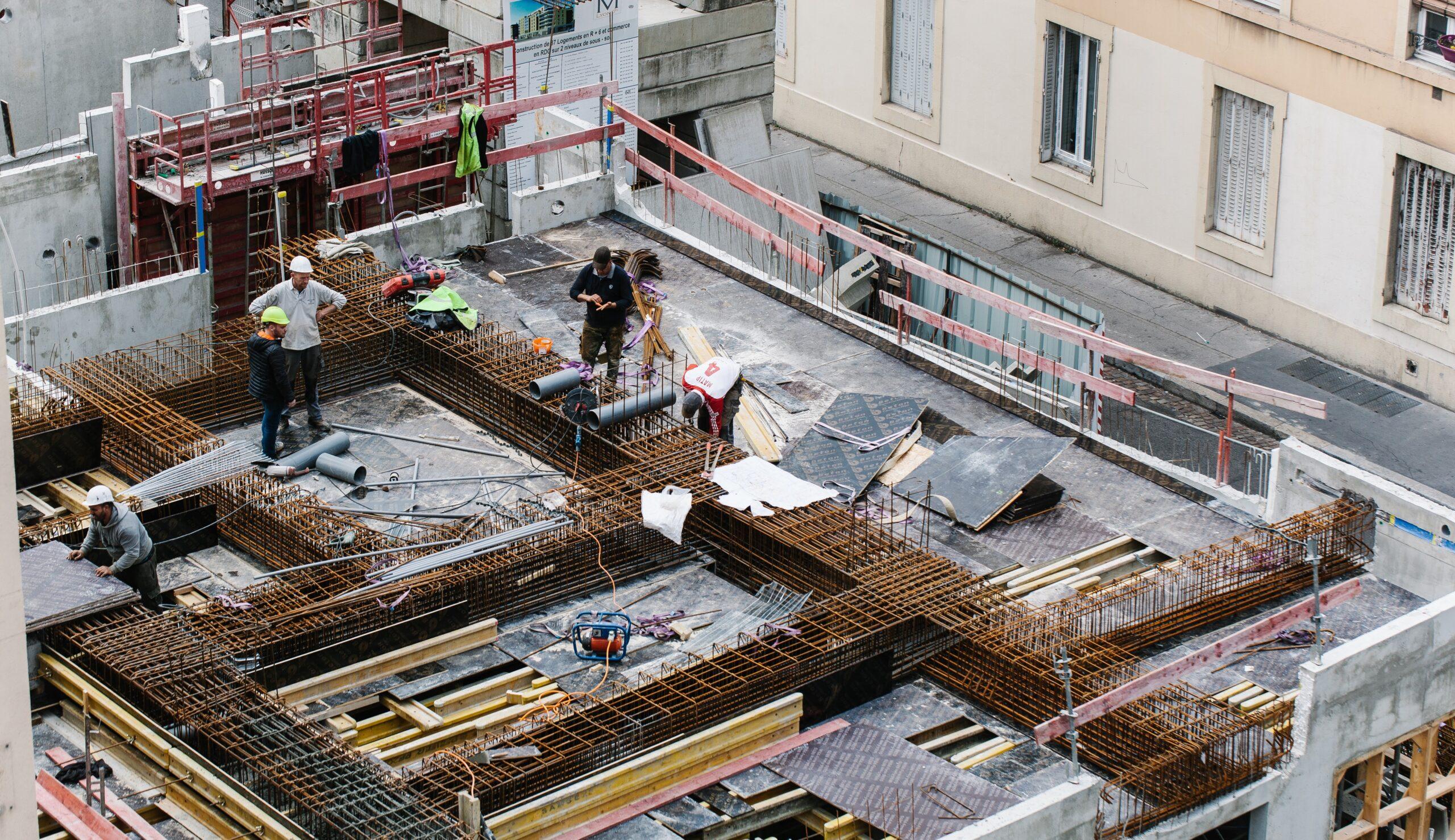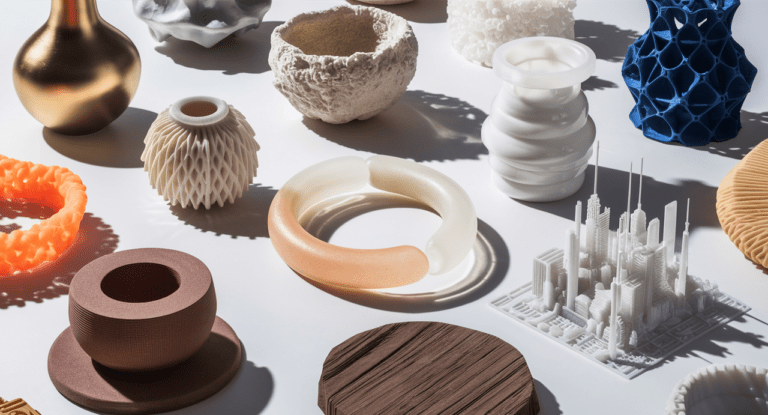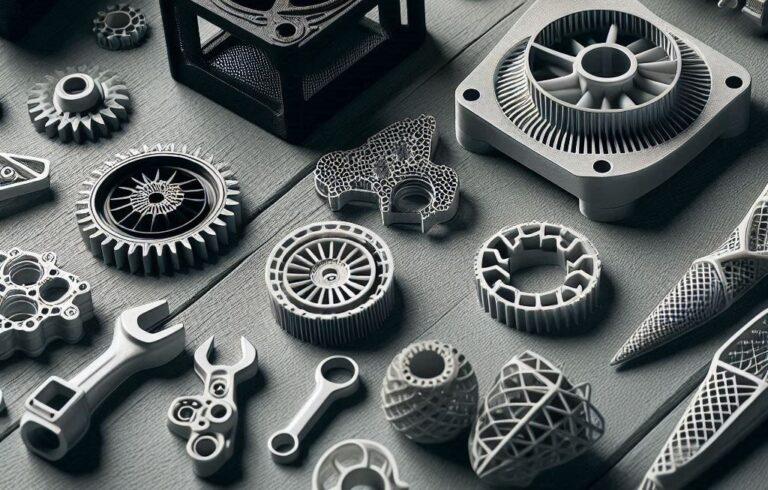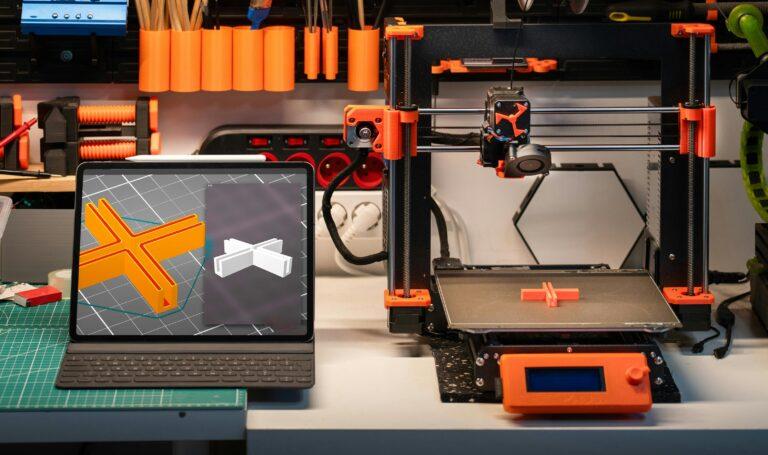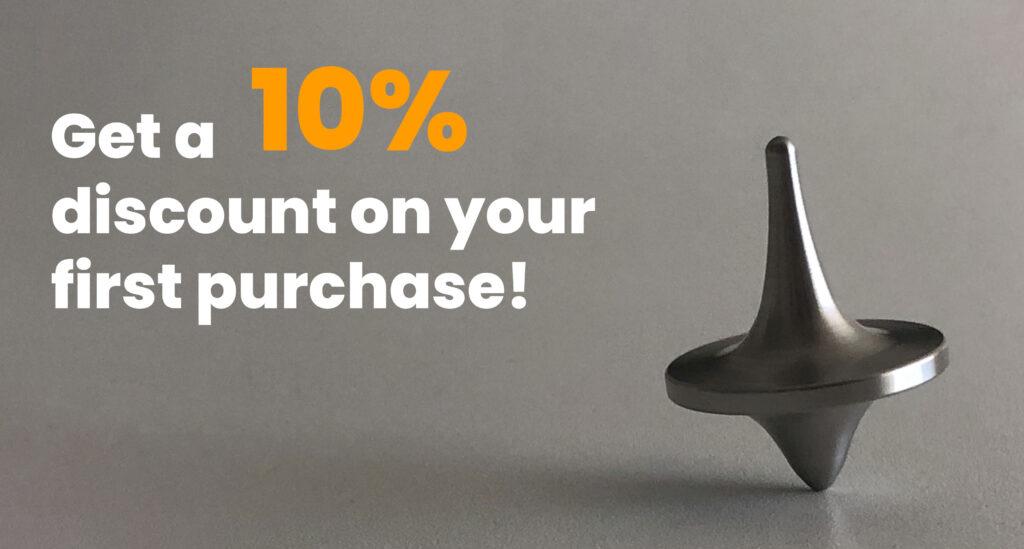3D printing, or additive manufacturing, has proven to be a disruptive technology in a number of sectors, and the construction industry is no exception. What began as an innovative tool for prototypes and custom parts has evolved into a promising solution for building large-scale structures more efficiently, sustainably and economically.
But is additive manufacturing really the future of construction? In this article, we explore how this technology is transforming the industry, the benefits it offers and the challenges it has yet to overcome to become the industry standard.
Benefits of additive manufacturing in the construction industry
This revolution brings with it a number of benefits such as optimized efficiency in the construction process, reduced costs and, above all, reduced waste. 3D printing makes it possible to use a precise amount of material to erect the structure, thus allowing up to 60% less waste to be generated on the construction site.
In addition, it adds greater flexibility in design, as it allows customization of the artwork until just before the printing of the structure begins.
Finally, one of the most important benefits of this technological advance is in the safety levels of employees in the production process. Workers can perform their work more easily and, above all, reduce the possibility of injury.
Materials for 3D printing
Recent advances in additive manufacturing for the construction industry have increased the number of materials available.
The choice of material will depend on the project, however, the most common materials used in this technology are: standard concrete or proprietary concrete mixes, plastics, metals or natural materials such as stone, sand or clay.
Limits and challenges of 3D printing in the construction sector.
Although 3D printing offers numerous advantages to the construction industry, there are currently still several challenges and limitations that this technology faces.
The biggest challenge of this technology applied to the construction sector is its limited scalability due to the fact that most 3D printers on the market are designed for the manufacture of prototypes or small to medium-sized parts.
The biggest challenge of this technology applied to the construction sector is its limited scalability due to the fact that most 3D printers on the market are designed for the manufacture of prototypes or small to medium-sized parts.
Finally, if we talk about the cost, although the cost of a house built by 3D printing is cheaper than a traditional house, the machinery required for its manufacture is still quite expensive.
The future of 3D printing in the construction industry
The use of 3D printing in housing construction is of great interest to companies, since it offers, on the one hand, the possibility of building houses in a short time and, on the other hand, a significant reduction in environmental impact.
If we talk about the future of this technology, it involves the use of ecological or recyclable materials to promote the reduction of waste in production.
In addition to all this, there is one of the greatest advantages of 3D printing: customization. Therefore, in this sector, it opens the possibility for the user to fully customize his home in the future: from the materials to the design.
All in all, we can say that additive manufacturing has enormous potential to revolutionize the construction industry, offering great benefits. As this technology evolves and current barriers are overcome, 3D printing could become a standard in construction, with a major focus on sustainability and customization.
Do you want to know more about 3D printing in the construction sector? You can listen to chapter 16 of Toque de Ingenio, where you will find an interview with Alejandro Cavazos, Founder COO of Additive Spaces, a company that is committed to the industrialization and digitization of the construction sector.
At ProtoandGo! we provide the best service for the development of your parts and prototypes through additive manufacturing. In addition, we specialize in printing using Multi Jet Fusion or MJF, the latest HP technology designed especially for industrial applications.
Through our online platform you can request a quotation for your parts and our team will give you an answer in less than 24 hours.
What are you wating for? Request your quote now!

